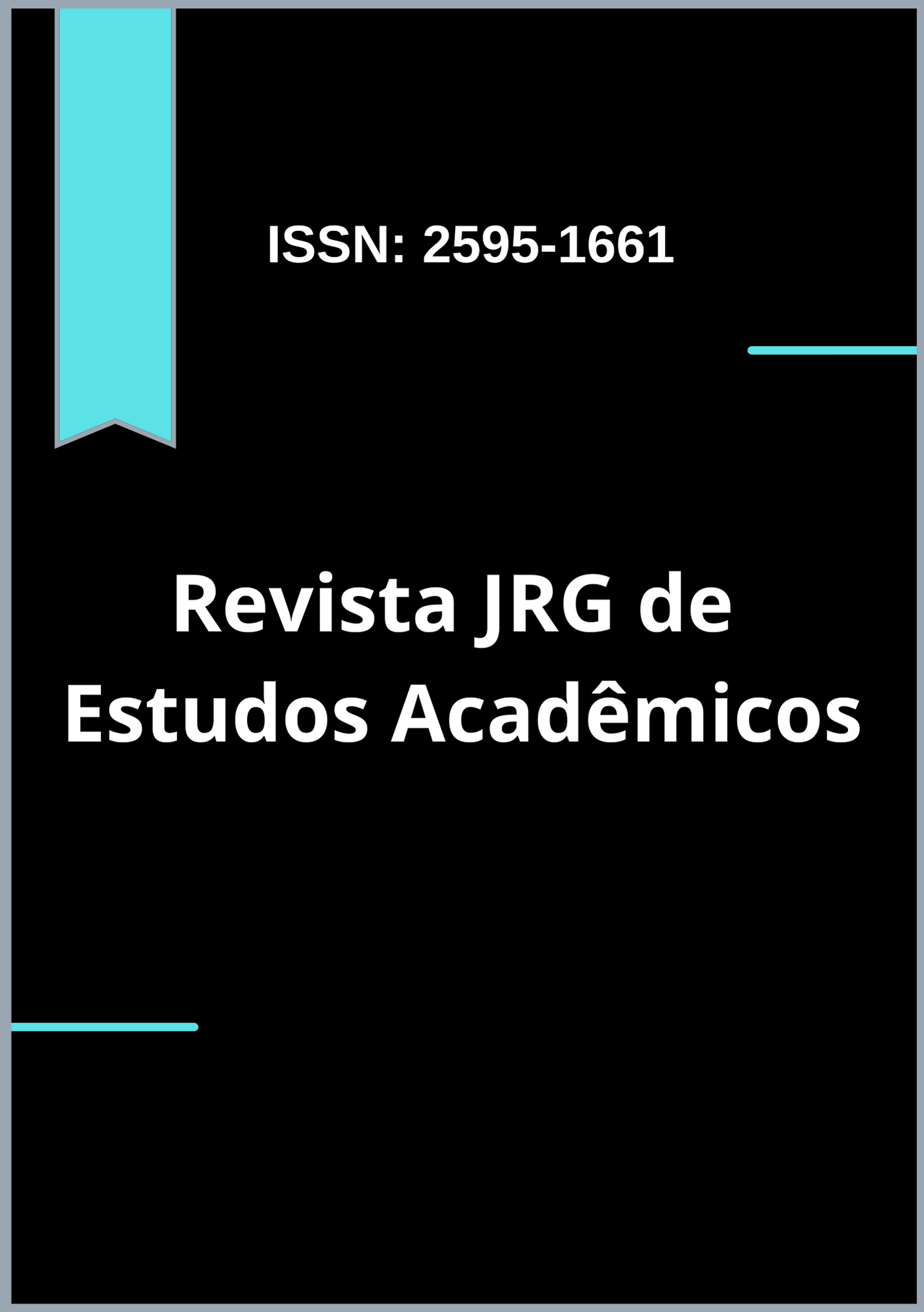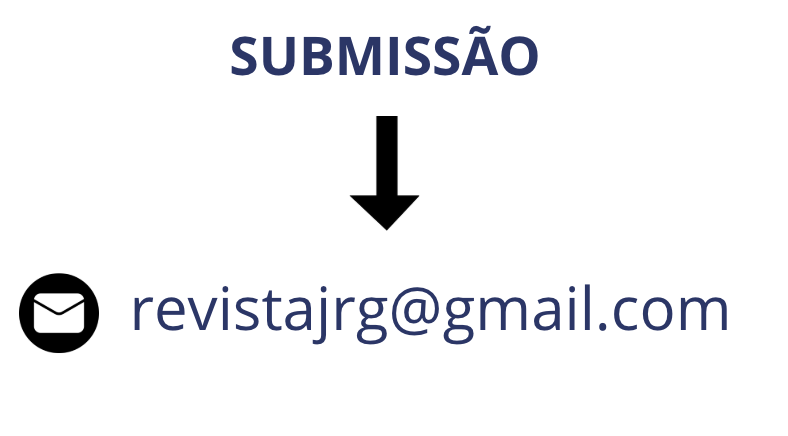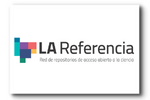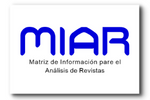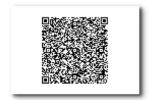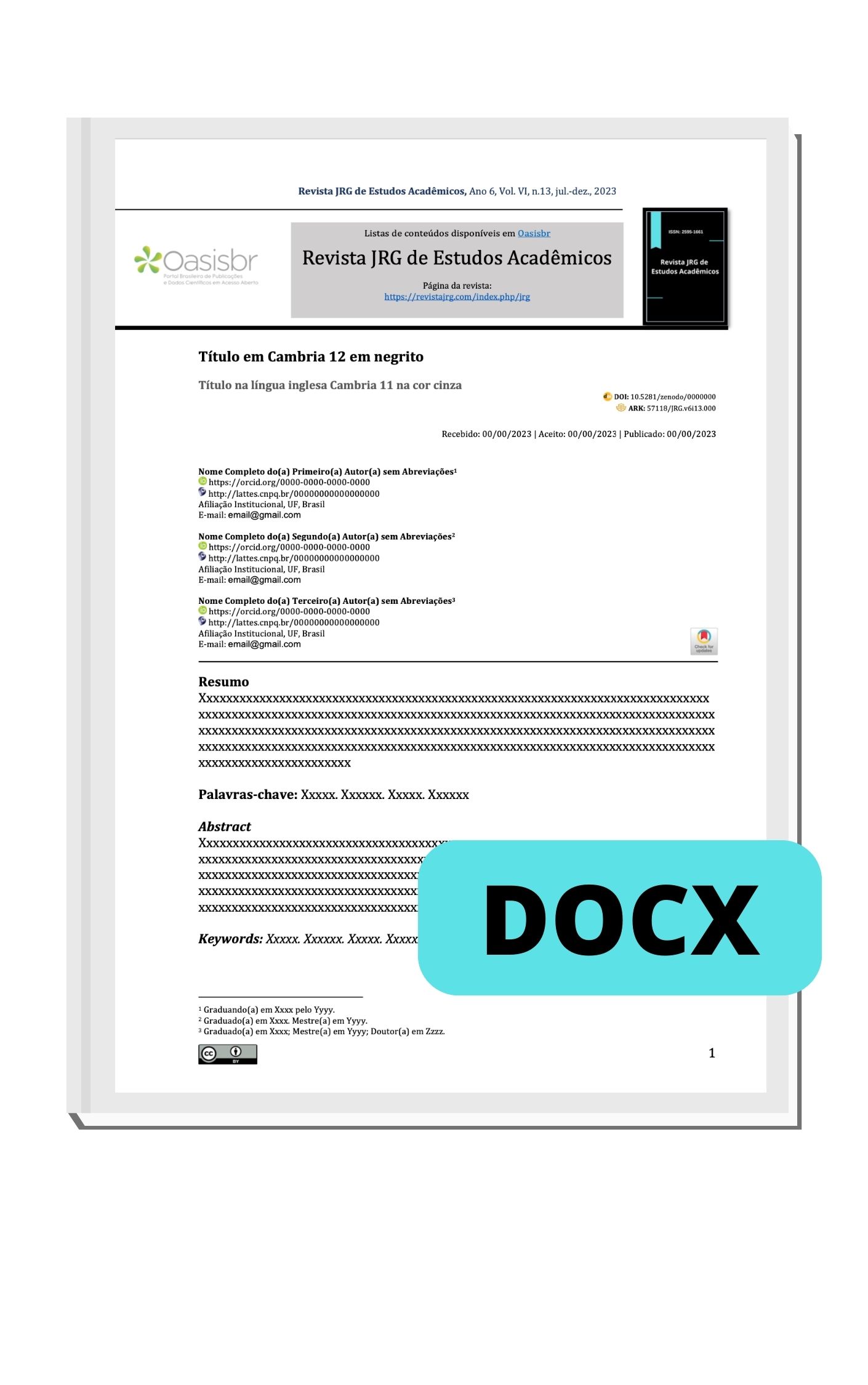White coat syndrome: humanization in care for patients with iatrophobia
DOI:
https://doi.org/10.55892/jrg.v8i18.1867Keywords:
Humanization of Assistance. Models, Biopsychosocial. Phobic Disorders. Psychosocial Impact. Fear.Abstract
Introduction: Iatrophobia or white coat syndrome is a multifactorial challenge arising from multiple causes, capable of resulting in numerous consequences, especially with regard to avoidance of health services. Objective: to describe aspects surrounding the humanization of care for patients affected by iatrophobia, based on an analysis of the psychosocial causes of such a condition. Methods: this is a reflective theoretical essay, guided by Meneghetti's theoretical assumptions, where we sought to articulate concepts, reflections and evidence from the scientific literature collected through a comprehensive search in the main national and international portals and search engines. Results and discussions: the study is presented in three sections that discuss: the multifactorial nature of iatrophobia, its psychological, sociocultural and relational causes and the paths to humanize the care of patients affected by this condition, identifying aspects and reflections relevant to the humanization of care for people with this condition. Final considerations: it is identified that the humanized provision of care to people with iatrophobia involves understanding the biopsychosocial aspects of the condition, followed by a reorientation in care praxis with a view to overcoming its triggering stimuli.
Downloads
References
Chavanne AV, Robinson OJ. The overlapping neurobiology of induced and pathological anxiety: a meta-analysis of functional neural activation. Am J Psychiatry. 2021;178(2):156–64. DOI: https://doi.org/10.1176/appi.ajp.2020.19111153
Penninx B, Pine D, Holmes E, Reif A. Anxiety disorders. Lancet. 2021;397:914–27. DOI: https://doi.org/10.1016/S0140-6736(21)00359-7
Wolitzky-Taylor KB, Horowitz JD, Powers MB, Telch MJ. Psychological approaches in the treatment of specific phobias: A meta-analysis. Clin Psychol Rev. 2008;28(6):1021–37. DOI: https://doi.org/10.1016/j.cpr.2008.02.007
Shree Mkr, Mangai BM. Factors influencing patients’ fear during hospital visit. CIBG. 2020;26(2):782–8. Available from: https://cibgp.com/au/index.php/1323-6903/article/view/335
Hollander MA, Greene MG. A conceptual framework for understanding iatrophobia. Patient Educ Couns. 2019;102(11):2091–6. DOI: https://doi.org/10.1016/j.pec.2019.06.006
Taşdemir H, İncekara D, Kaçar F, Şimşek B, Altun Ö. Hospital and White Coat Fears in Children of Parents Working in the Healthcare Field: A Qualitative Study of Parental Experiences. Turk J Health Sci Life. 2024. DOI: https://doi.org/10.56150/tjhsl.1511663
Salehinia R, Sangri M, Form E, Pourmohammad R. Prevalence of Fear and Anxiety About White Coat and Needle in People Referring to the Vaccination Center in 2021. Avicenna J Care Health Oper Room. 2024. DOI: https://doi.org/10.34172/ajchor.63
Pereira A. Specific Phobia Is an Ideal Psychiatric Kind. Philos Psychiatry Psychol. 2020;27:299–315. DOI: https://doi.org/10.1353/ppp.2020.0037
Coelho C, Gonçalves-Bradley D, Zsido A. Who worries about specific phobias? A population-based study of risk factors. J Psychiatr Res. 2020;126:67–72. DOI: https://doi.org/10.1016/j.jpsychires.2020.05.001
Ganesh G, Peedikayil FC, Kottayi S, Chandru TP. Child Preferences for the Dentist Attire and Dental Health-Care Setting: A Cross-Sectional Study. Sci Dent J. 2021;5(1):28–32. DOI: https://doi.org/10.4103/SDJ.SDJ_16_20
Wardenaar KJ, Lim CCW, Al-Hamzawi AO, et al. The cross-national epidemiology of specific phobia in the World Mental Health Surveys. Psychol Med. 2017;47(10):1744–60. DOI: https://doi.org/10.1017/S0033291717000174
Ahmed R, Bates BR. Patients’ fear of physicians and perceptions of physicians’ cultural competence in healthcare. J Commun Healthc. 2017;10(1):55–60. DOI: https://doi.org/10.1080/17538068.2017.1287389
Leyva B, Taber J, Trivedi A. Medical Care Avoidance Among Older Adults. J Appl Gerontol. 2020;39:74–85. DOI: https://doi.org/10.1177/0733464817747415
Sulku SN, Tokatlioglu Y, Cosar K. Determinants of health care avoidance and avoidance reasons in Turkey. J Public Health. 2023:1–13. DOI: https://doi.org/10.1007/s10389-021-01577-z
Meneghetti FK. O que é um ensaio-teórico?. Rev Adm Contemp. 2011;15(2):320–32. Available from: DOI: https://doi.org/10.1590/S1415-65552011000200010
Eaton W, Bienvenu O, Miloyan B. Specific phobias. Lancet Psychiatry. 2018;5(8):678–86. DOI: https://doi.org/10.1016/S2215-0366(18)30169-X
Merckelbach H, De Jong P, Muris P, Van Den Hout M. The etiology of specific phobias: A review. Psychol Med. 1996. DOI: https://doi.org/10.1016/0272-7358(96)00014-1
Motz T. Children’s Books as Pedagogical Tools to Minimize Latrophobia. Sigtem. 2017;9:37–43. DOI: https://doi.org/10.1515/SIGTEM-2017-0003
Cunha SHO, Pereira ER, Silva RMCRA, Costa DC, Mencari VM. Síndrome do jaleco branco em crianças na emergência: estudo descritivo: White coat syndrome in children in the emergency department: a descriptive study. Arch Health. 2021;2(6):1515–29. DOI: https://doi.org/10.46919/archv2n6-004
Tristán Fernández JM, Ruiz Santiago F, Villaverde Gutiérrez MDC, Maroto Benavides RM, Jiménez Brobeil SA, Tristán Tercedor MR. Contenido simbólico de la bata blanca de los médicos. 2007. DOI: https://doi.org/10.30827/Digibug.7045
Nuredini G, Saunders A, Rajkumar C, Okorie M. Current status of white coat hypertension: where are we?. Ther Adv Cardiovasc Dis. 2020;14:1753944720931637. DOI: https://doi.org/10.1177/1753944720931637
Mancia G, Facchetti R, Bombelli M, Cuspidi C, Grassi G. White-coat hypertension: pathophysiological and clinical aspects: excellence award for hypertension research 2020. Hypertension. 2021;78(6):1677–88. DOI: https://doi.org/10.1161/HYPERTENSIONAHA.121.16489
Townsend RR, Cohen JB. White Coat Hypertension & Cardiovascular Outcomes. Curr Hypertens Rep. 2024;26:399–407. DOI: https://doi.org/10.1007/s11906-024-01309-0
Meulders A. Fear in the context of pain: Lessons learned from 100 years of fear conditioning research. Behav Res Ther. 2020;131:103635. DOI: https://doi.org/10.1016/j.brat.2020.103635
Lebel S, Mutsaers B, Tomei C, Leclair C, Jones G, Petricone-Westwood D, Rutkowski N, Ta V, Trudel G, Laflamme S, Lavigne A, Dinkel A. Health anxiety and illness-related fears across diverse chronic illnesses: A systematic review on conceptualization, measurement, prevalence, course, and correlates. PLoS One. 2020;15. DOI: https://doi.org/10.1371/journal.pone.0234124
Foucault M. O nascimento da clínica. 6ed. Rio de Janeiro: Forense Universitária; 2008
Wellbery C, Chan M. White coat, patient gown. Med Humanit. 2014;40:90–6. DOI: https://doi.org/10.1136/medhum-2013-010463
Morton L, Cogan N, Kornfält S, Porter Z, Georgiadis E. Baring all: The impact of the hospital gown on patient well-being. Br J Health Psychol. 2020. DOI: https://doi.org/10.1111/bjhp.12416
Wang M. Application of virtual reality technology in helping patients overcome treatment anxiety. Appl Comput Eng. 2023;20:1094. DOI: https://doi.org/10.54254/2755-2721/20/20231094
Danaher T, Berry L, Howard C, Moore S, Attai D. Improving How Clinicians Communicate With Patients: An Integrative Review and Framework. J Serv Res. 2023;26:493–510. DOI: https://doi.org/10.1177/10946705231190018
Thng C, Lim-Ashworth N, Poh B, Lim C. Recent developments in the intervention of specific phobia among adults: a rapid review. F1000Res. 2020;9. DOI: https://doi.org/10.12688/f1000research.20082.1
